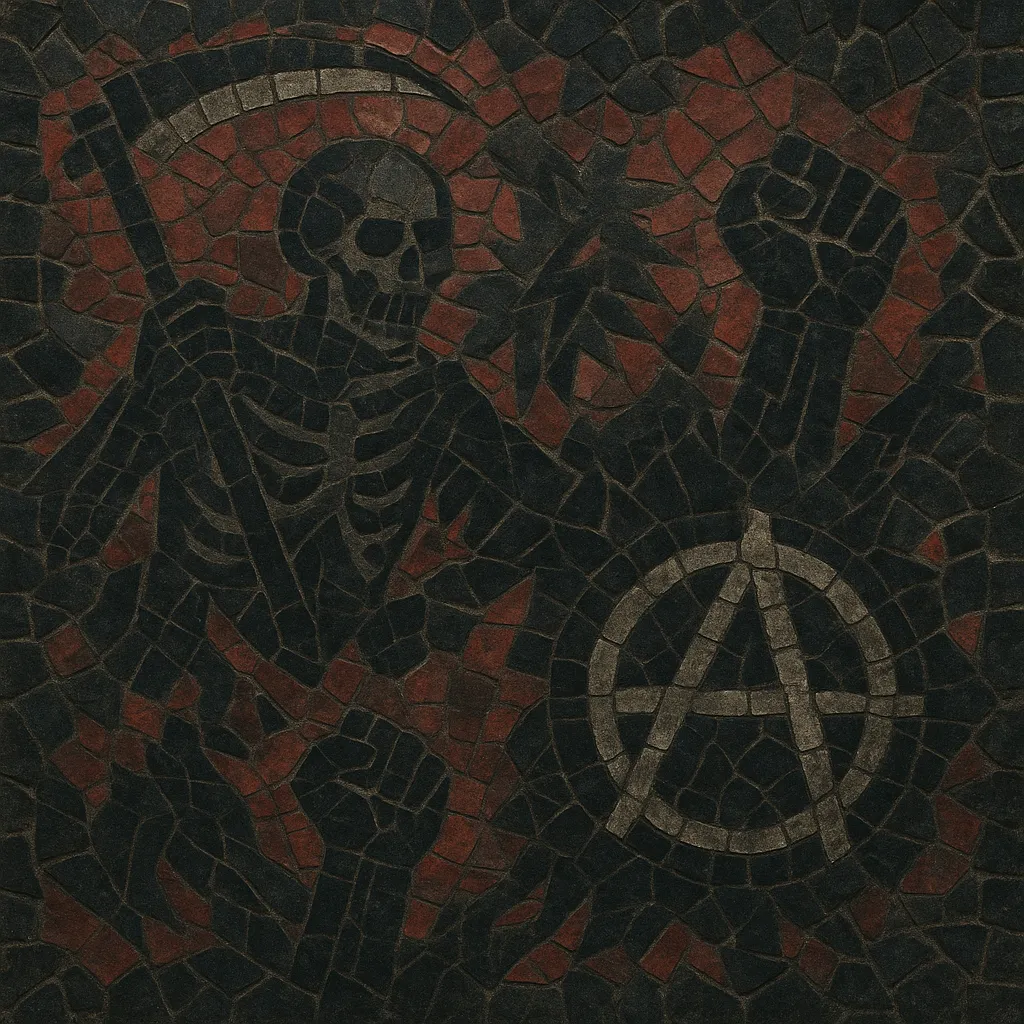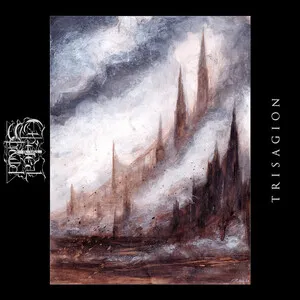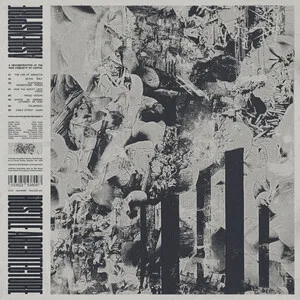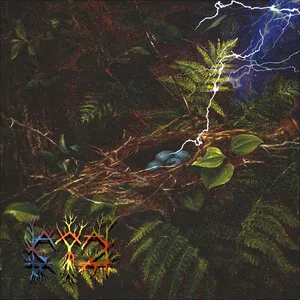RABM (Red and Anarchist Black Metal) is a politically left-wing current within black metal that explicitly aligns with anti-fascist, anarchist, socialist, and anti-authoritarian ideas.
Musically it spans raw, aggressive second‑wave black metal tropes (tremolo-picked riffs, blast beats, shrieked vocals) and the crust punk/D‑beat energy of blackened crust, while some projects adopt atmospheric black metal’s expansive textures and epic song forms. Lyrically and visually it replaces the genre’s historic flirtations with reactionary imagery by centering class struggle, anti-racism, queer/feminist perspectives, environmentalism, and mutual aid.
The movement is also defined by DIY ethics: small labels, zines, collectives, and Bandcamp-driven distribution, often tied to benefit compilations and on-the-ground organizing.
Black metal’s sound provided the musical backbone, but the ideological turn came from intersections with anarcho-punk and crust punk scenes. Canadian bands associated with blackened crust (notably Iskra) demonstrated an explicitly anarchist stance in the early 2000s, foreshadowing a broader left-wing current within black metal.
By the late 2000s, a loose international network of anti-fascist black metal listeners, musicians, and bloggers began using the shorthand “RABM” (Red and Anarchist Black Metal). A dedicated blog and DIY labels amplified visibility for bands that rejected NSBM and other reactionary currents, linking scenes across Canada, the US, the UK, Eastern Europe, and Scandinavia.
As Bandcamp and social media lowered barriers, RABM albums, splits, and benefit compilations circulated widely. Atmospheric and cascadian-influenced sounds coexisted with rawer, punk-driven approaches. Public debates about politics in metal—and prominent anti-fascist statements by artists—further clarified the movement’s stance and helped audiences discover RABM projects.
RABM’s profile rose through touring, festival slots, and viral releases. UK and North American acts in particular brought the message to larger stages, while EU collectives continued to tie records to fundraisers for antifascist, migrant, and environmental causes. Today, RABM is best understood as a political current cutting across several black metal microstyles rather than a single, narrowly codified sound.





